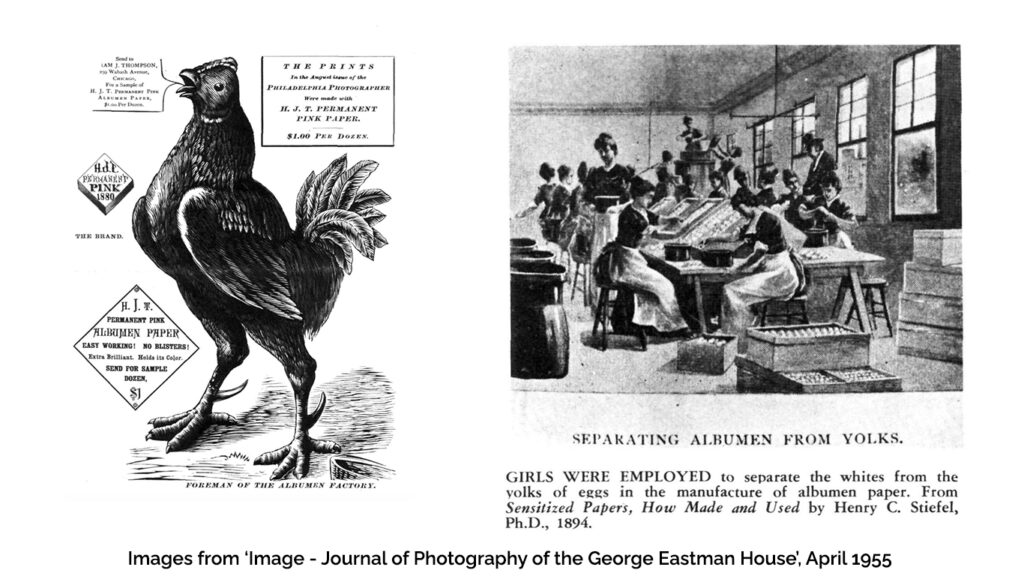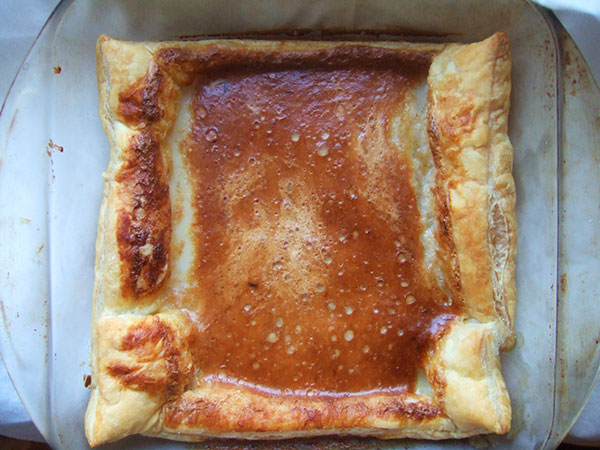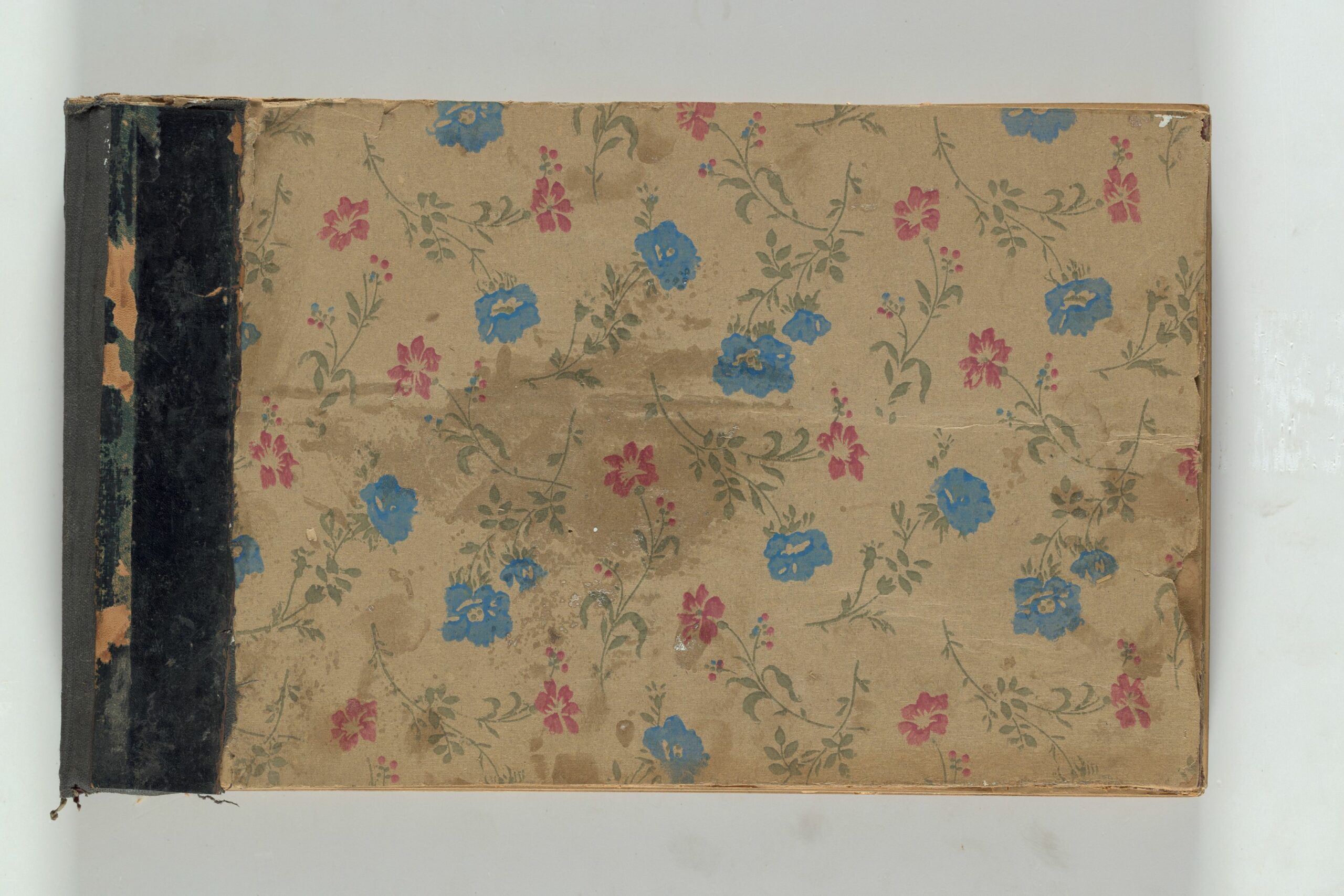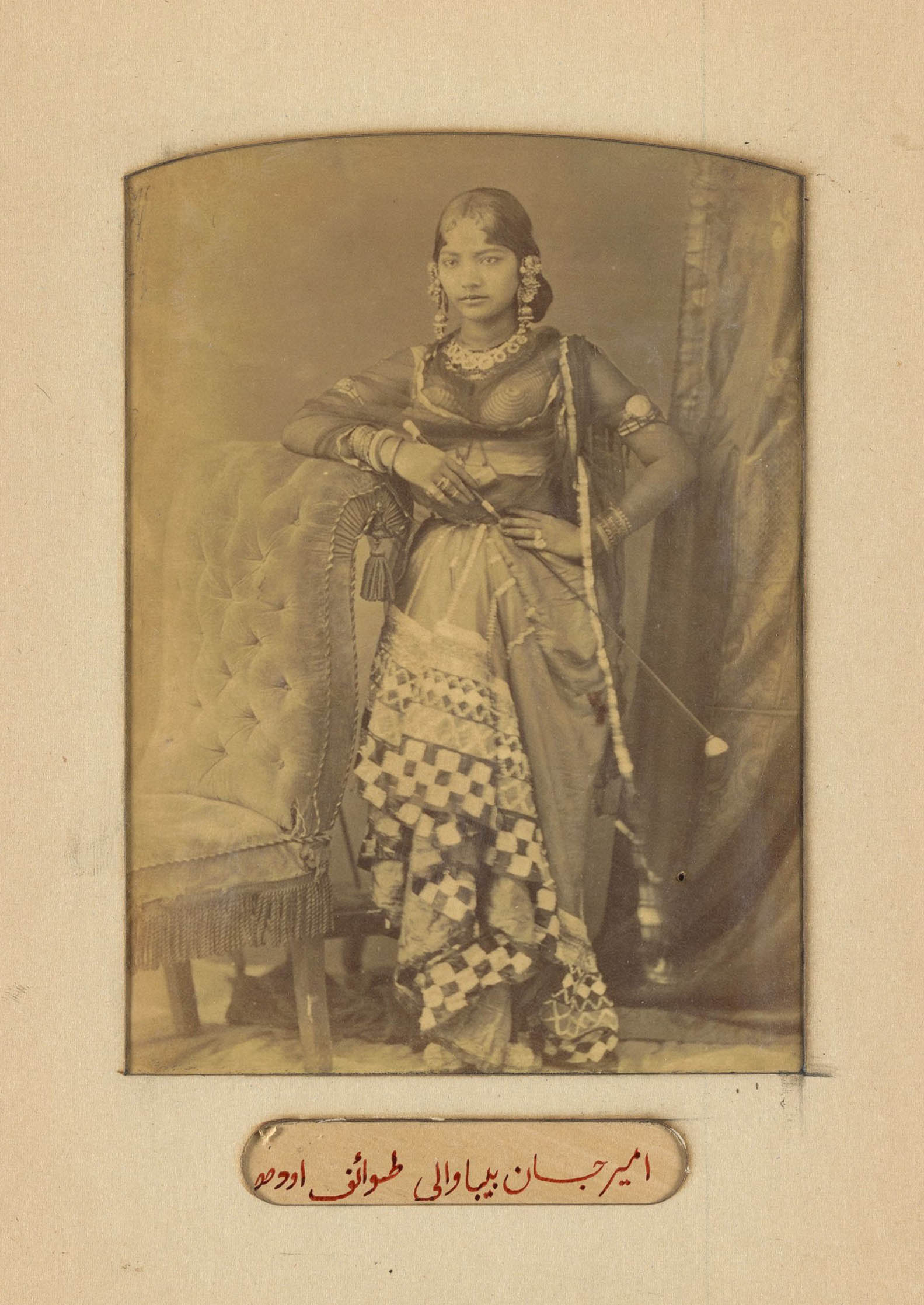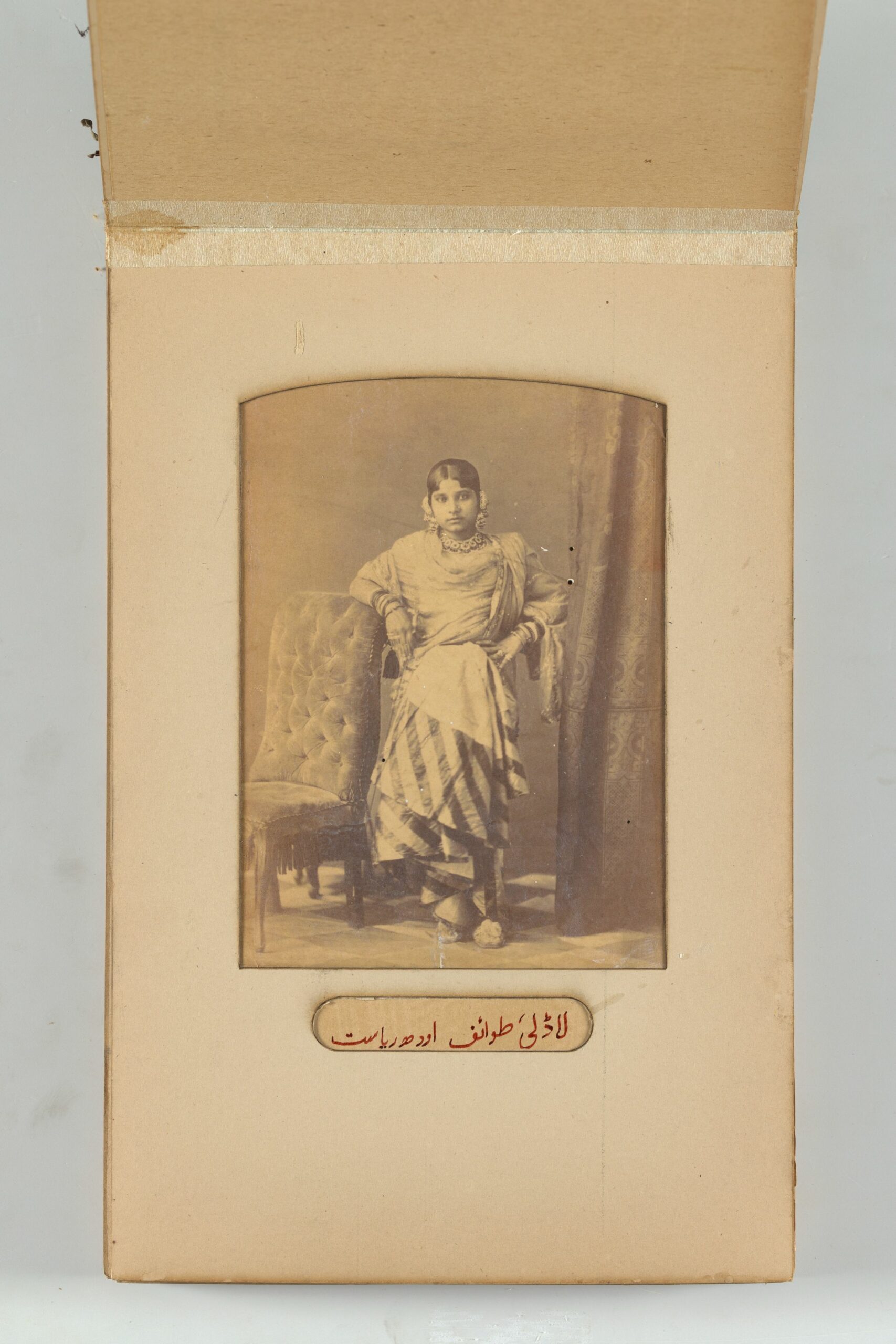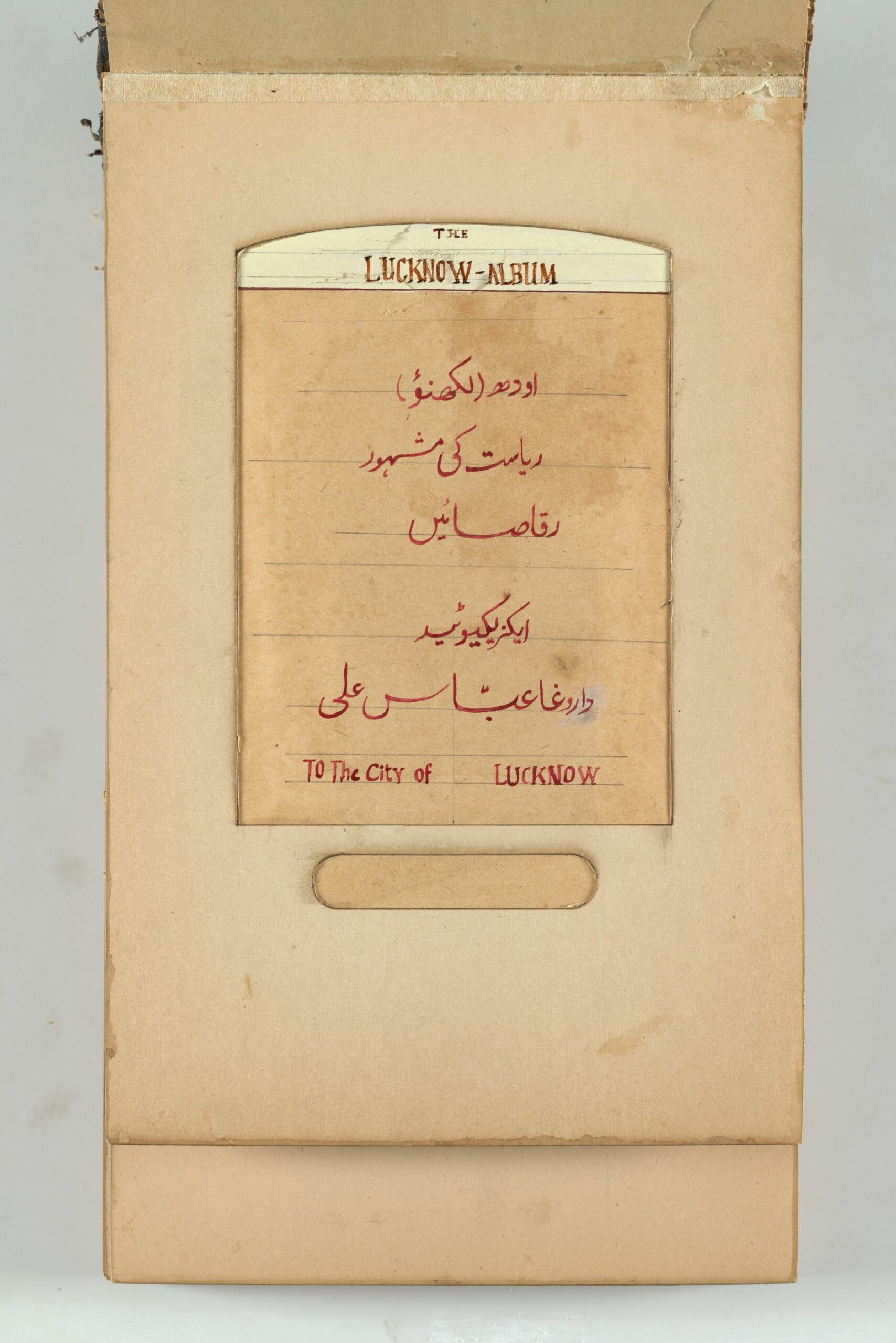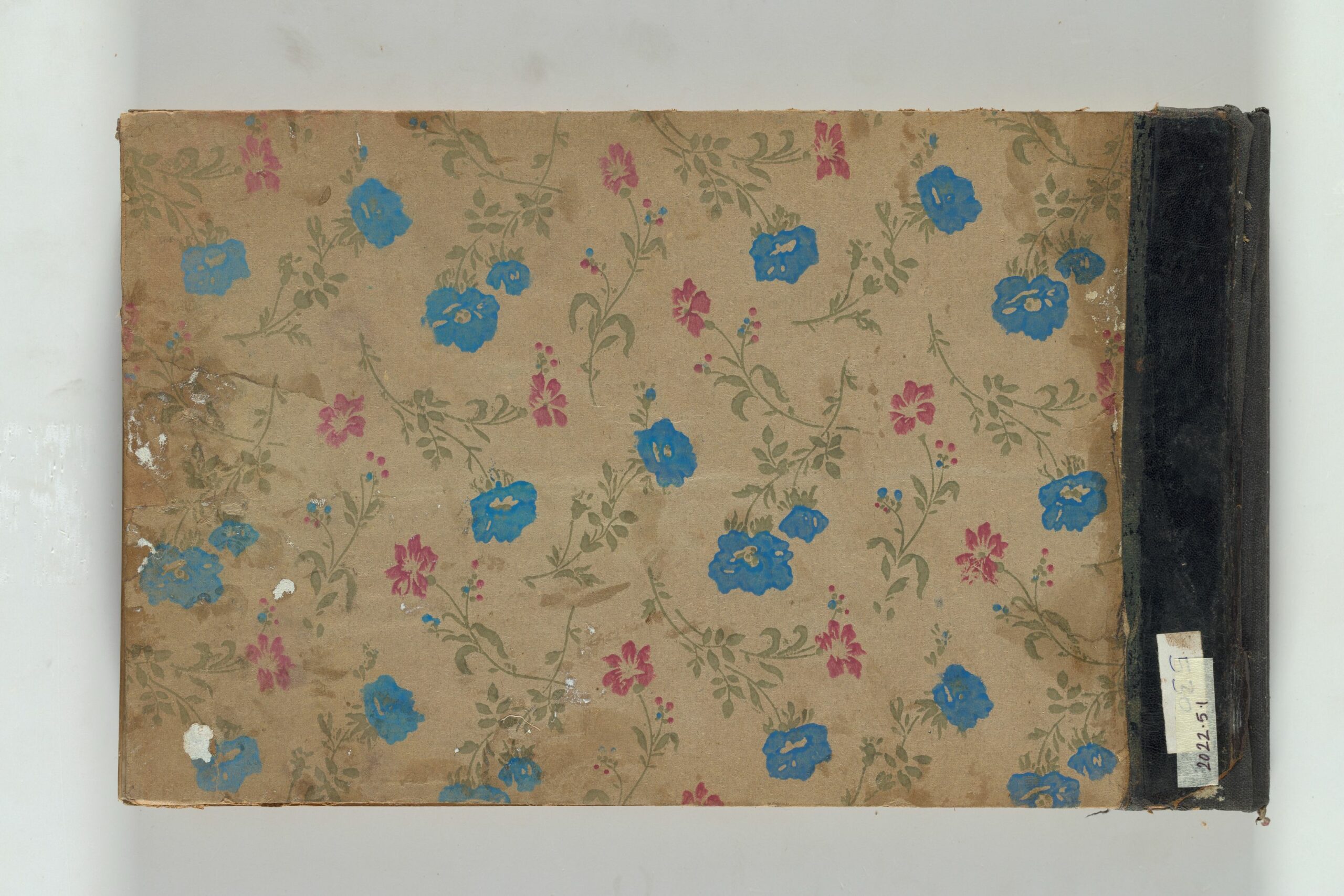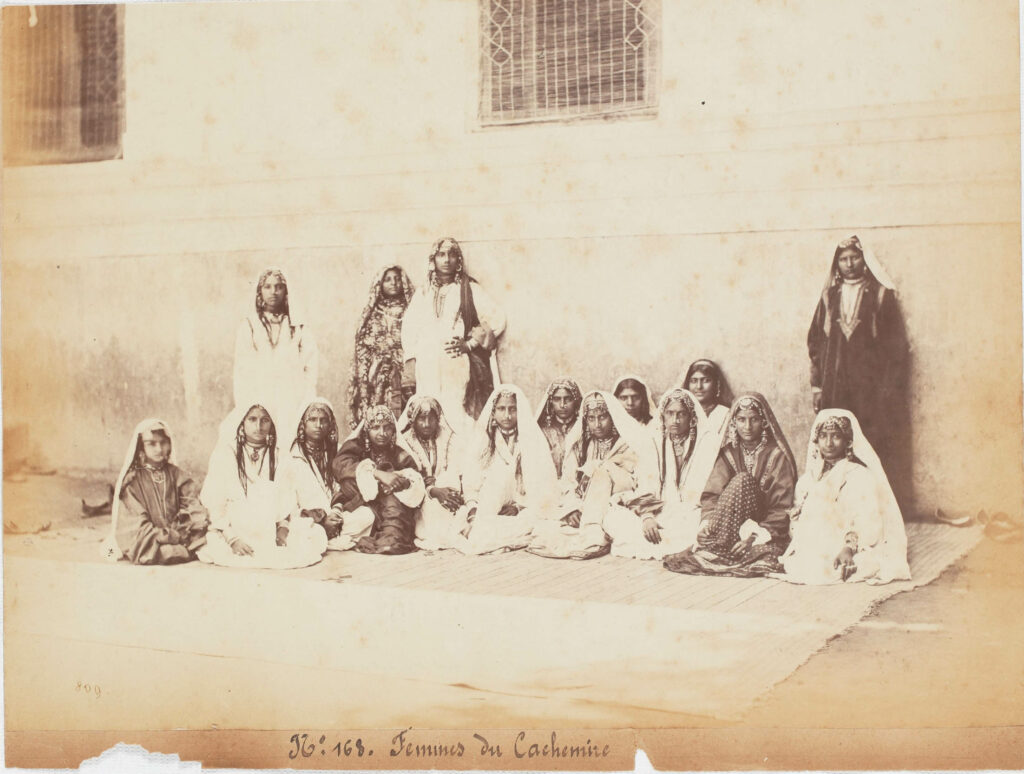
A Group of Kashmir women, Srinuggur, 1864, Samuel Bourne, Albumen silver print, © Sarmaya Arts Foundation. (2018.34
Did you know that for a while during the late-1800s, photo studios raised chickens? The largest manufacturer of photographic paper in Dresden, which exported around the world, is believed to have used 60,000 eggs per day. The company employed teams of women whose entire job was to crack eggs and separate whites from yolks. How did the exciting new science of photography wander into the chicken coop? The answer is albumen, a sticky substance found in egg whites, which took an elite European hobby and turned it into a global industry.
What came before albumen print photography?
The earliest photographs in the world were printed on thin sheets of metal. The zenith of this art was the daguerreotype, an invention gifted to the world in 1839 by Louis Daguerre. Using the camera obscura, a device used by artists for making landscape paintings, early photographers were able to imprint scenes from real-life onto small squares of copper or pewter. Daguerreotypes were beautiful and richly detailed. But they were also delicate, expensive and impossible to replicate.
Emerging close on the heels of the daguerreotype, salt prints opened up the market a bit more. They were being used with another shiny new invention, the glass plate negative, to transfer images onto paper. When treated with salt water and light-sensitive silver nitrate, paper became a receptive medium that was also cheap and portable. It was now possible to make copies of a photo and post them anywhere in the world.
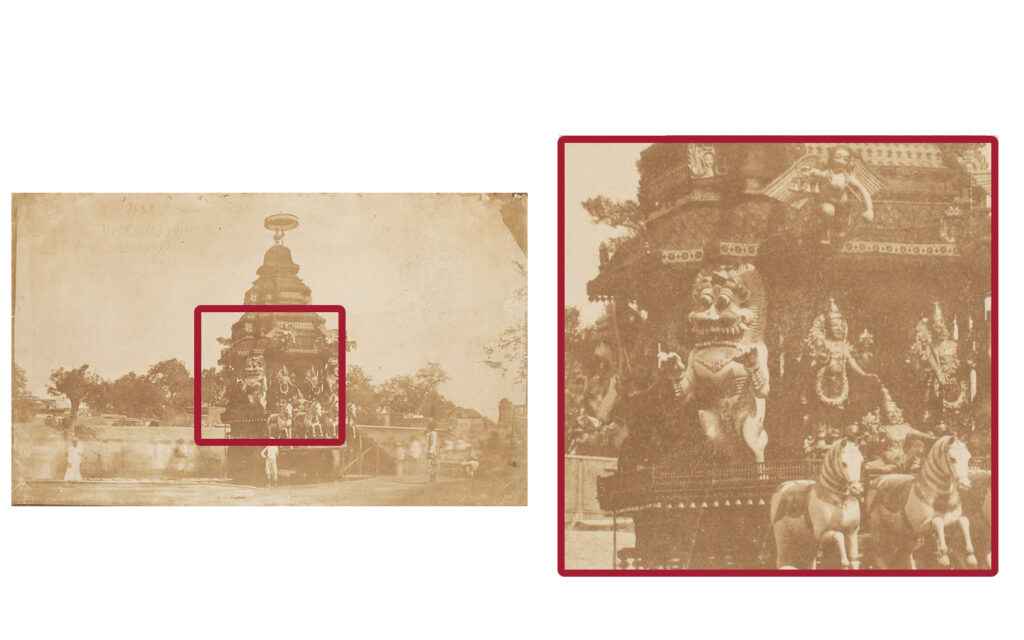
A zoomed-in detail of a salt print photo of a temple chariot © Sarmaya Arts Foundation (2017.67.39)
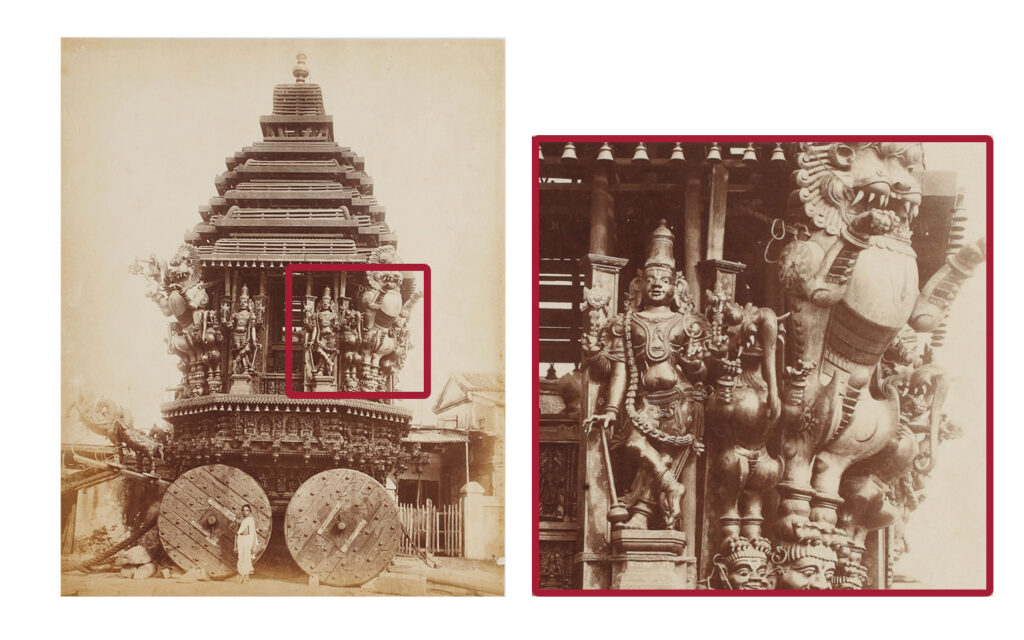
A zoomed-in detail of an albumen print photo of a temple chariot © Sarmaya Arts Foundation (2016.13.13)
But paper photos lacked the oomph of the original daguerreotype with its sharp details and sheen. Salt prints tended to be hazy because the coloured particles of the image would settle into the fibres of the paper, making them duller with time. The need of the hour was an emulsion that would sit on the surface of the paper and ‘hold’ the image in a translucent bind. Enter the egg.
What is albumen print photography?
French photographer Louis Désiré Blanquart-Evrard wasn’t the first to experiment with albumen in the photo lab. Previously, the clear white liquid had been used to adhere light-sensitive silver haldide onto glass plates to create dry negatives. But albumen wasn’t the best conductor of light or contrasts, and it was replaced with the wet plate collodion method, which yielded sharper images.
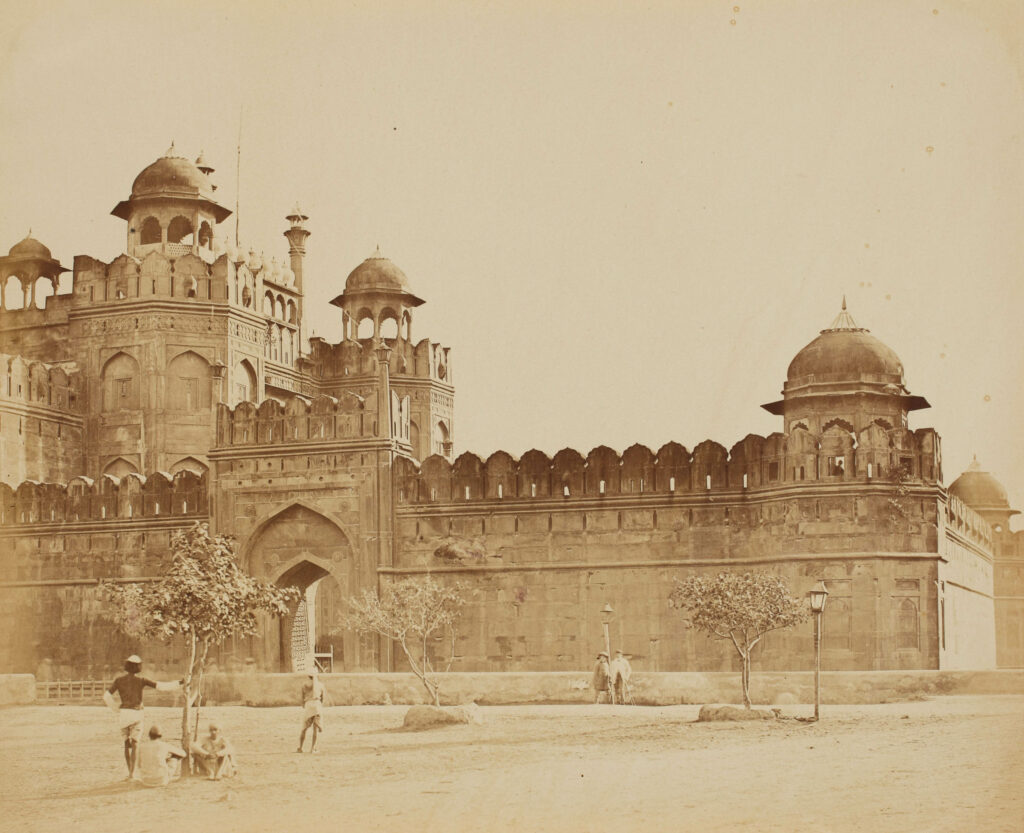
Lahore Gate of the Palace (Red Fort, Delhi), 1858, Felice Beato, albumen silver print from glass negative © Sarmaya Arts Foundation. (2017.2.29)
Blanquart- Evrard’s genius lay in demonstrating albumen’s effect on the printing material: paper. Photographs printed on albumenised paper produced images with crisp details, warm tones and a lasting sheen. But what made this technique a true disruptor is that it opened up a whole new market at a much lower price point. The year 1850, when Blanquart- Evrard presented the albumen print, marked the beginning of the democratisation of photography.
How are albumen prints made?
Here’s a broad outline of the process of creating albumenised paper:
- Whisk egg whites and salt and leave to settle—the longer, the better.
- Strain and pour this clear liquid into a tray.
- Cut paper into the size required and float it in the solution.
- Drain off the excess liquid and dry.
- Your albumen print paper is ready. If you live in a cold country, you can let it ‘ferment’ for longer for better results. But if you’re a photographer in the humid tropics of India? Hurry and take that picture!
Before printing a photo, albumenised paper would be treated with light-sensitive chemicals, like silver nitrate. Then it was placed under a glass plate negative and exposed to UV light from the sun, until the image imprinted onto the paper. Once the desired colours were achieved, the photograph would be ‘fixed’ by bathing it in a solution of sodium thiosulfate to prevent it from darkening further. A gold or selenium tone was sometimes added to create purple-ish effects.
How many eggs were in one photo?
One egg yields about 30ml of albumen and 100 eggs makes 3 litres, which can albumenise approximately 100 papers of A3 size. These calculations are courtesy visual artist Arpan Mukherjee, who has extensively researched historical photography techniques and uses them in his contemporary practice. He also shared with us an interesting nugget of 19th-century culinary history, related to the production of albumen prints. “Because this technique produced a lot of egg yolks, old photo journals would also publish recipes, like Photographer’s Cake.”
When did albumen print photography arrive in India?
In the 1850s, almost immediately after its invention in France. Many early advances in photography took place in Europe, from where they quickly travelled to the colonies. The British East India Company and later, the British government understood the administrative potential of this medium almost from the start; photographs would be a highly convenient way to survey and catalogue the vast lands of the Subcontinent. The earliest albumen print photographs of India primarily document monuments and the ravages of the 1857 revolt.
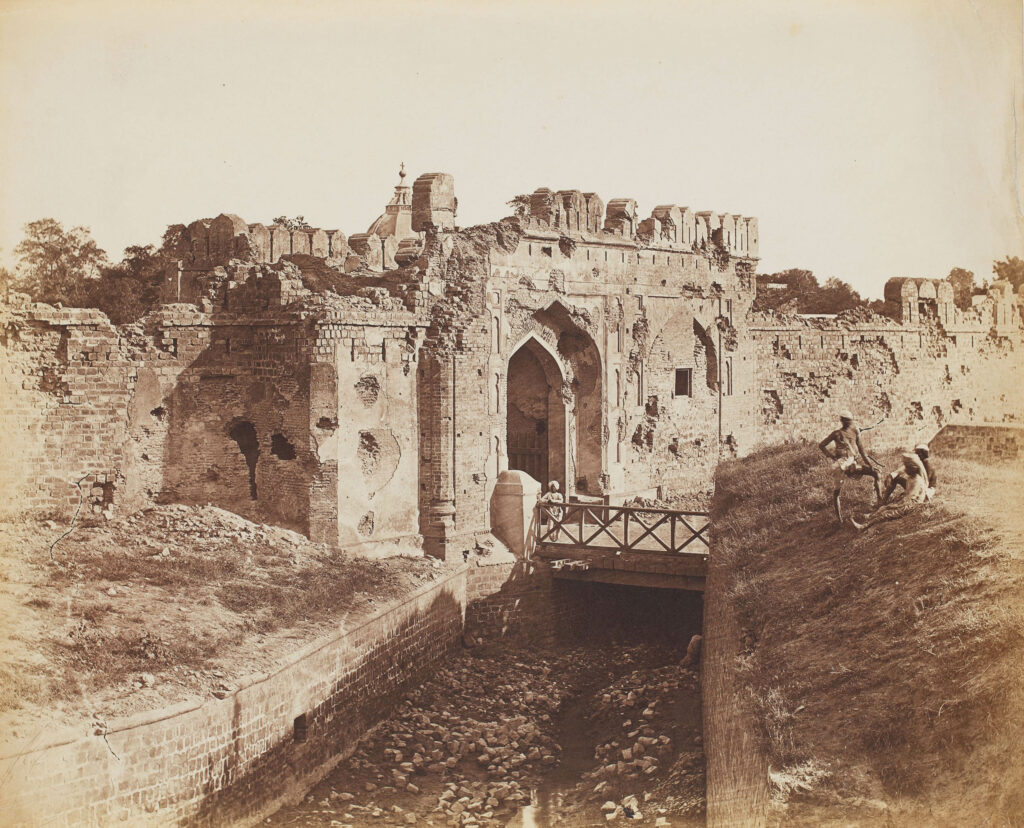
Bearing the marks of the Revolt of 1857—Cashmere Gate, Delhi, 1858, Felice Beato, Albumen print, © Sarmaya Arts Foundation. (2017.2.10)
How did albumen print photographs record Indian history?

Panorama of Delhi taken from the Jamma Masjid (eight part Panorama), 19th century, Felice Beato, Albumen print, © Sarmaya Arts Foundation. (2021.23.2) — click to see in detail
From 1860 to 1890, albumen print photography reigned supreme. It was the medium of choice for photographers, whether they were working for the British Crown or the growing Indian market. Key moments of history were recorded by Felice Beato’s photos of Delhi, Lucknow and Kanpur in the immediate aftermath of 1857. His images of wrecked palaces, ramparts and homes tell a silent story of immeasurable loss. In the north-west, John Burke was documenting a similar devastation in present-day Kabul where the Second Anglo-Afghan War was fought from 1878-80.
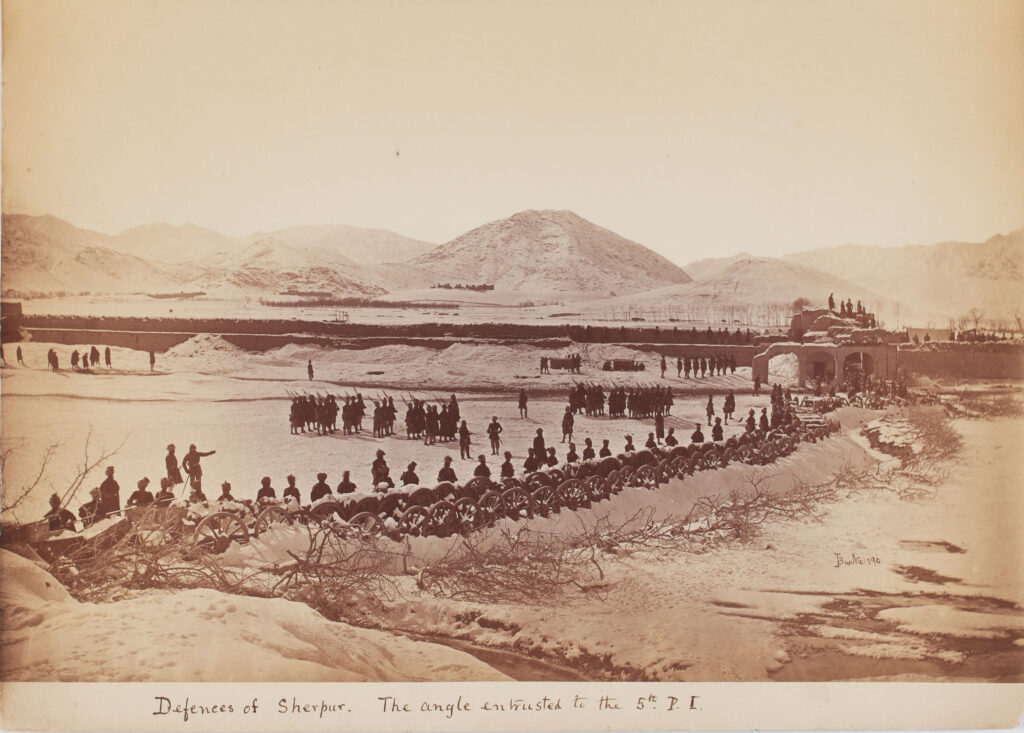
Defences of Sherpur. The Angle Entrusted To The 5 Th P. I, 1879, John Burke, Albumen Print, © Sarmaya Arts Foundation. (2016.59.39)
The colonial lens was all-pervasive in these early images of India, especially in war and ethnographic photography. But as the medium started to attract practitioners from diverse backgrounds, we begin to see images beyond death and degradation. From Samuel Bourne’s Himalayan vistas to Raja Deen Dayal’s prolific oeuvre, which encompassed princely grandeur, intimate zenana portraits and ancient Indian architecture.
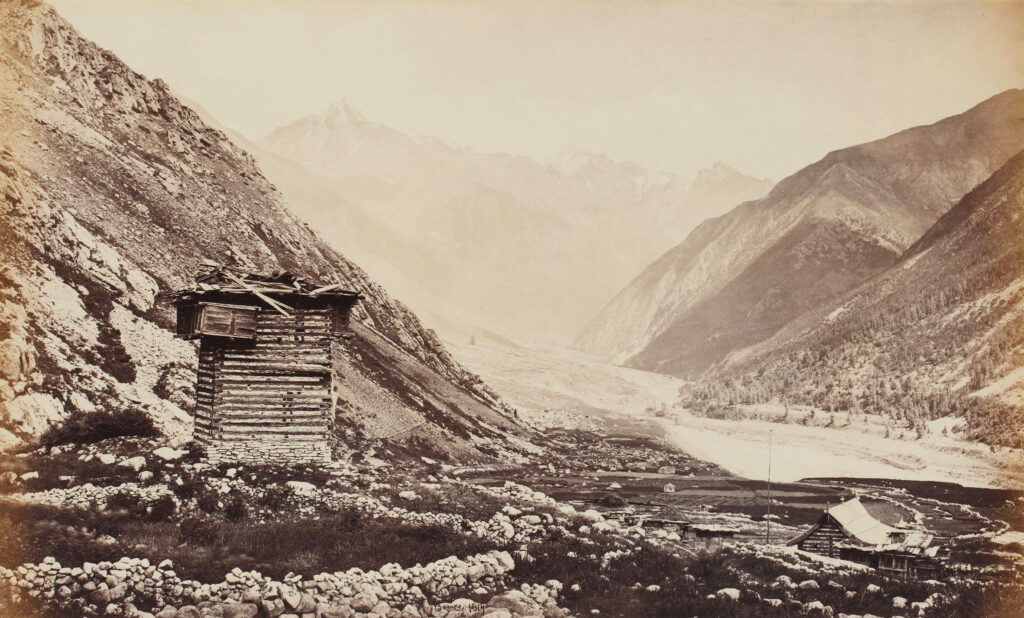
The Buspa valley from Sungla (Bourne no. 1514), 1860-1869, Samuel Bourne, Albumen silver prints from glass negatives, © Sarmaya Arts Foundation. (2017.3.16)
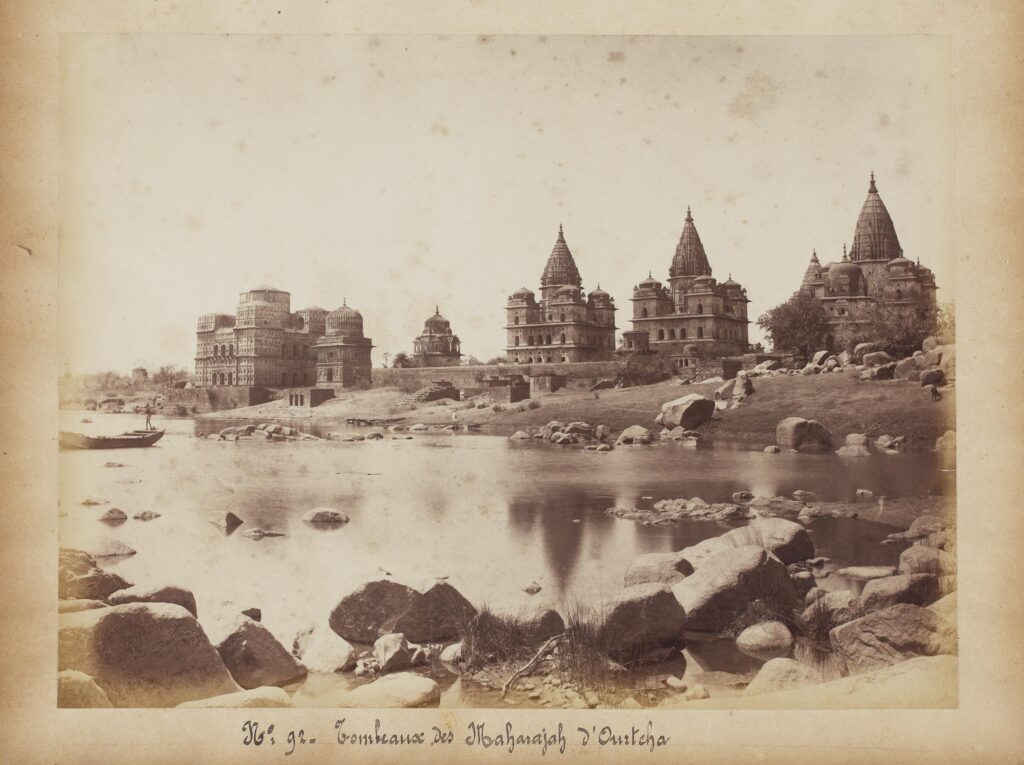
Cenotaphs of the Bundela Kings from across the Betwa River, Orchha Madhya Pradesh, c. 1870s, Lala Deen Dayal © Sarmaya Arts Foundation. (2017.38.9)
How did albumen print photography disrupt India?
Traditional artists were the first casualty of photography in India. Court painters who specialised in making royal portraits and commemorating special occasions found themselves out of jobs with the arrival of this shiny new technology. Indian royalty took to photography like ducks to water, enthralled by the idea of projecting themselves as modern, progressive, and still as magnificently wealthy as ever.
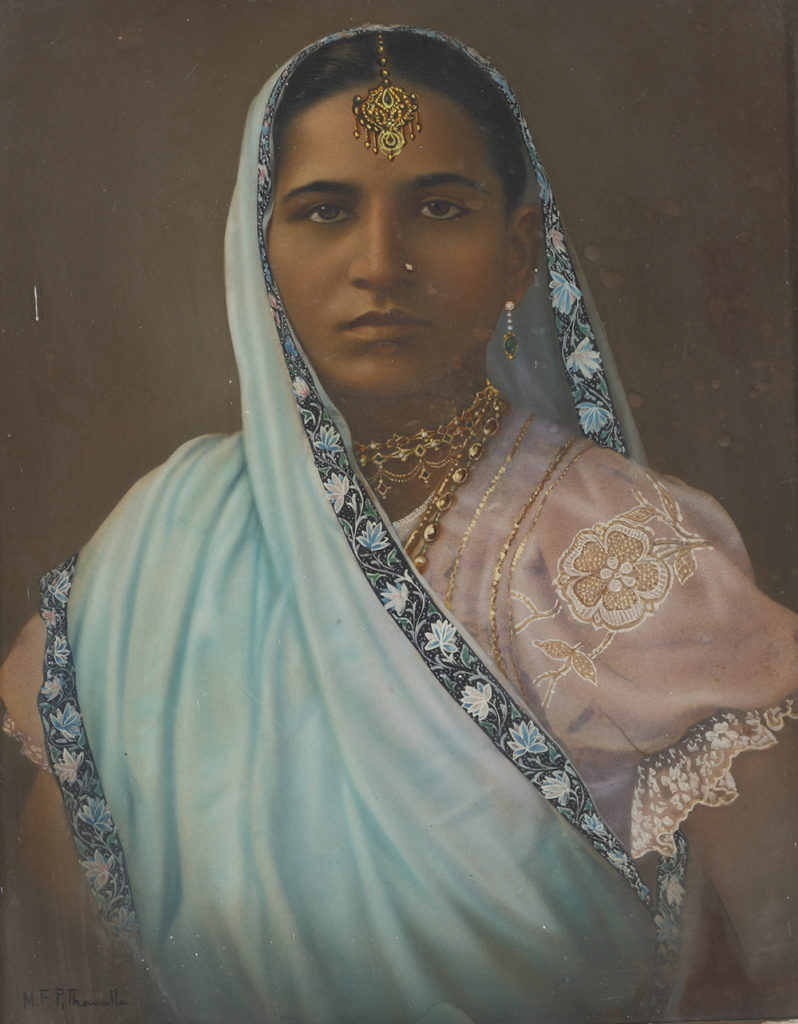
Painted photograph of the bust of a lady by MF Pithawala, 20th Century ©️Sarmaya Arts Foundation (2017.35.1)
In the wake of disruption came Indian innovation. Artists began to experiment with adding colour by hand to photographs, creating the visually arresting genre of painted photography. This birthed a new kind of professional, the photo-colourist, who was hired by studios to add vibrance and a touch of the fantastical to portraits of royals as well as regular citizens.
Scroll to see images from the album Awadh Riyasat ki Mashoor Raqasayen (The Beauties of Lucknow), c.1874, Daroga Abbas Ali © Sarmaya Arts Foundation (2022.5.1)
Indian artists also experimented with photography to create traditional art. In a 2015 essay, art historian Alka Patel explains how the albums of Daroga Abbas Ali continued the tradition of Mughal muraqqas, folios of paintings and calligraphy commissioned by royalty. Ali was a 19th-century Lucknow photographer who created three albums on the culture and people of the city. These albums of carte-de-visite photographs are works of art in themselves. In the tradition of muraqqas, they were ‘sites of collection’ that blended images and text to evoke emotional responses.
What replaced albumen print photography?
The beginning of the end of the albumen print era came in the mid-1880s with the introduction of gelatin print paper. These were created through a technique in which a layer of barium sulphate is sandwiched between the paper and a top layer of photo-sensitised gelatin emulsion. This allowed the natural texture of paper to be obscured, delivering brighter whites in photographs. Gelatin prints also boasted a longer shelf life than albumen, which deteriorated sooner, lending photos a distinctive yellowish tint. As they contain silver particles, albumen prints are sensitive to atmospheric variables like humidity and pollution and need careful preservation.
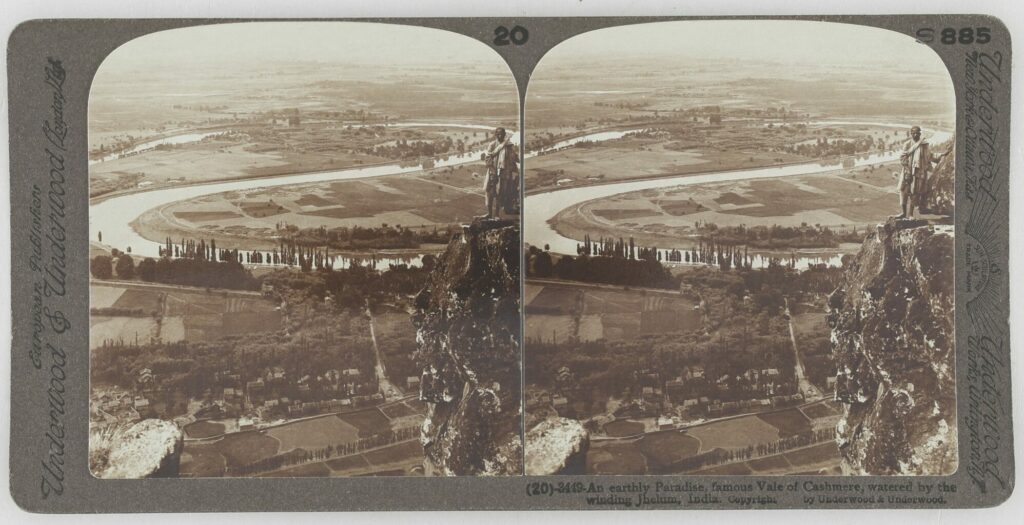
'An Earthly Paradise, Famous Vael Of Cashmere, Watered By The Winding Jhelum, India.', silver gelatin print mounted on a stereo card, 1903, Underwood & Underwood © Sarmaya Arts Foundation. (2017.15.1 (20))
Albumen prints continued to be used till the early 20th Century in India but they were no longer the only choice available to an increasingly commercial photography industry. Today, albumen photographs have returned once again to the realm of art. Practitioners like Arpan Mukherjee use the technique as one among many analogue and digital tools available to the 21st Century artist. In one of Mukherjee's photo series, Fairer people = Beautiful People = Powerful people, he uses albumen prints specifically to provoke questions about what we consider beautiful in post-colonial India. He observes how the chemistry of the albumen technique itself reinforced racial stereotypes and Western beauty standards in our Subcontinent. Nearly two centuries after its invention, as the art and science of photography evolve, the medium continues to teach us new ways of seeing and understanding ourselves.
References
The Albumen Print by George Eastman Museum, SmartHistory.org
Historical Processes: Collodian Negatives and Albumen Prints, BHPPhotoVideo.com
All About Albumen Prints, ICanCatchShadows.com by Keith Dotson
Coddington, R. S. (2021). From Vivid Eggplant to Unpleasant Cheesy Hues: A brief history of yellowing and fading of albumen prints. Military Images, 39(2 (216)), 60–66.
The Albumen Print – Cool.CulturalHeritage.org
DESMOND, R. (1985). PHOTOGRAPHY IN VICTORIAN INDIA. Journal of the Royal Society of Arts, 134(5353), 48–61.
Patel, A. (2015). The Photographic Albums of Abbas Ali as Continuations of the Mughal Muraqqaʿ Tradition. Getty Research Journal, 7, 35–52.
In Conversation with Arpan Mukherjee – Cocoon Art Magazine

